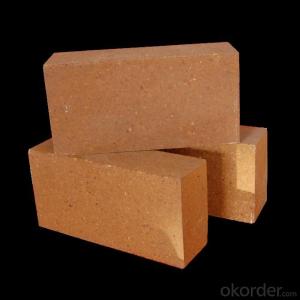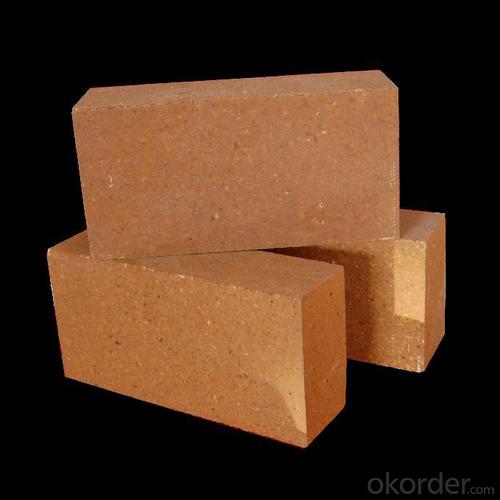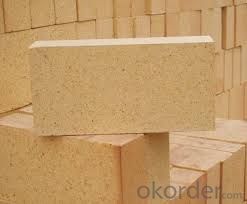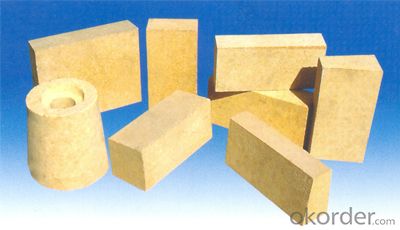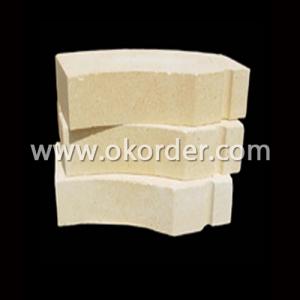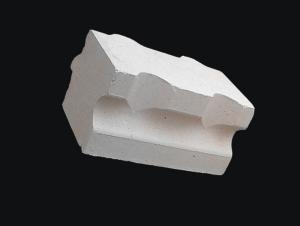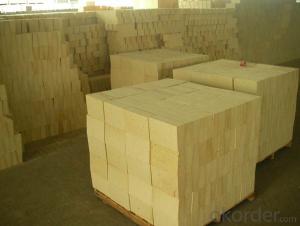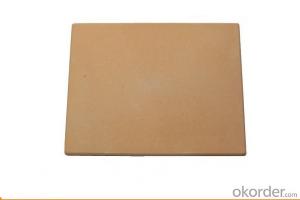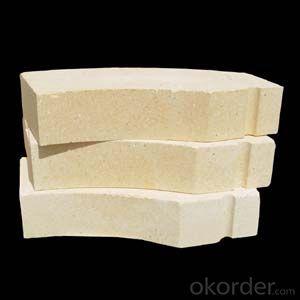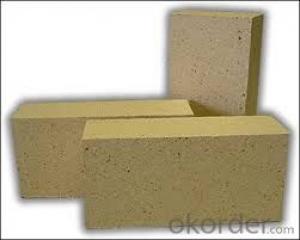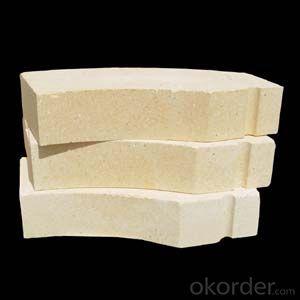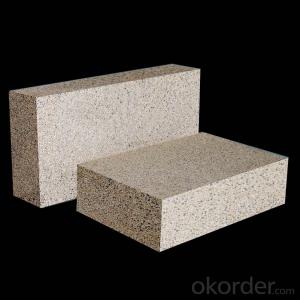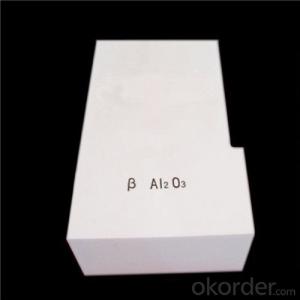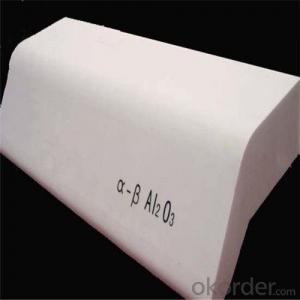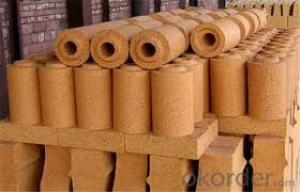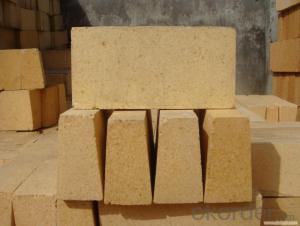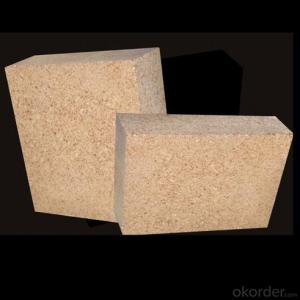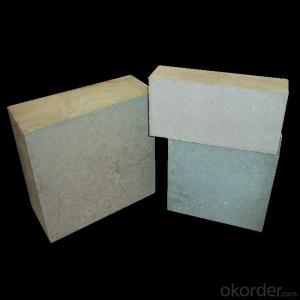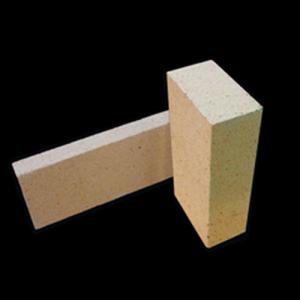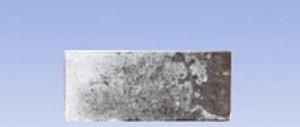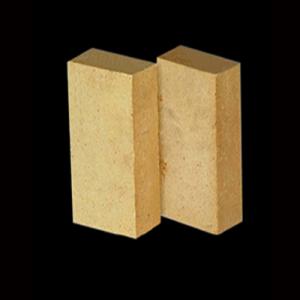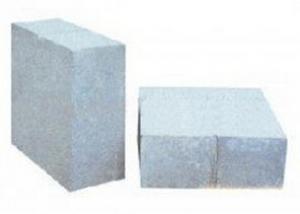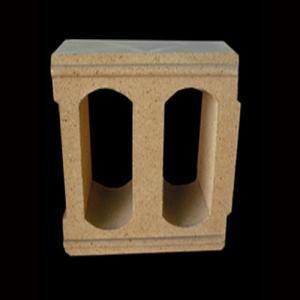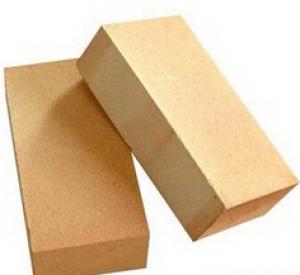High Alumina Fused Cast Brick Zirconia Alumina Brick for Glass Furnace
- Loading Port:
- Tianjin
- Payment Terms:
- TT OR LC
- Min Order Qty:
- 1 m.t.
- Supply Capability:
- 2000 m.t./month
OKorder Service Pledge
OKorder Financial Service
You Might Also Like
Description of Fused Cast Brick
Fused Cast Brick Zirconia Alumina Brick for Glass Furnace is made from fused AZS sintered again. Fused Cast Brick for Glass Furnace has good resistance against glass corrosion,low pollution and good high temperature performance. Fused Cast Brick for Glass Furnace is widely used in bottom paving, pool wall, gap part and small kiln etc.
Specifications for Fused Cast Brick
Item |
unit | Properties | ||||||||||
AZS—33 | AZS—36 | AZS—41 | ||||||||||
Y | H | Y | H | Y | H | |||||||
Al2O3 | % | Residual quantity | ||||||||||
ZrO2 | ≥ | 32 | 35 | 40 | ||||||||
SiO2 | ≤ | 16 | 17 | 13.5 | 14.5 | 13 | 14 | |||||
Na2O | 1.5 | 1.4 | 1.3 | |||||||||
Fe2O3+TiO2+CaO+MgO +Na2O+K2O+B2O3 | 2.5 | 3.0 | 2.5 | 3.0 | 2.5 | 3.0 | ||||||
Glass phase exudate temperature | ≥ | °C | 1400 | 1080 | 1400 | 1100 | 1400 | 1150 | ||||
% Thermal expansion rate | 1000°C | 0.8 | ||||||||||
1500°C | 0.8 | |||||||||||
Cold Crushing strength Mpa | 350 | |||||||||||
Bulk density,g/cm3 | PT,QX | ≥ | KG/dm3 | 3.40 | 3.30 | 3.45 | 3.4 | 3.55 | 3.50 | |||
MS | 3.50 | 3.45 | 3.60 | 3.55 | 3.70 | 3.65 | ||||||
WS | 3.60 | 3.55 | 3.70 | 3.65 | 3.80 | 3.75 | ||||||
True density,g/cm3 | 3.8-3.9 | |||||||||||
Crystal phase composition | Item | Inclined zircon | Alpha corundum | Glass phase | ||||||||
AZS—33 | 32 | 47 | 21 | |||||||||
AZS—41 | 40 | 43 | 17 | |||||||||
Application | PT,QX | ZWS | WS | |||||||||
sodium silicate furnace,ceramic frit furnace , glass furnace,and other furnaces | ||||||||||||
Features of Fused Cast Brick
Casted by melting raw material in the mold, then cooling and solidification.
Strong glass corrosion resistance and high thermal shack stability.
Good wear-resistance,dregs-resistance and alkali corrosion resistance.
High-purity raw material, barely no pollution.
Top quality, long service time.
Typical Application of Fused Cast Brick
Sodium silicate furnace, ceramic frit furnace, glass furnace, etc.
Important parts of furnaces where chemical erosion is serious and temperature changes frequently.
Lining of glass furnace.
The chemical industrial, metallurgical furnaces.
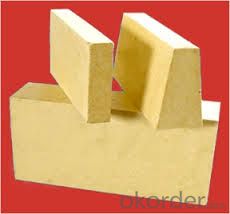
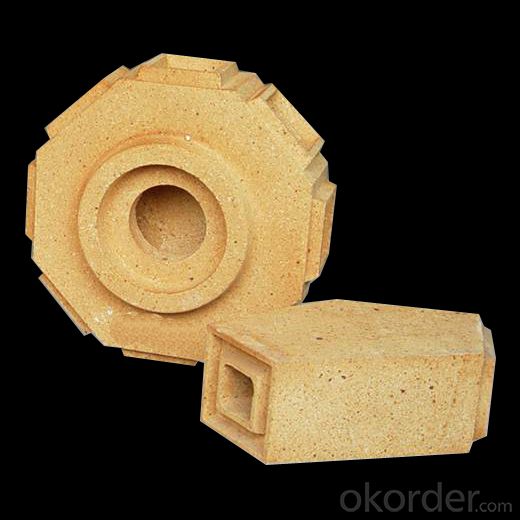
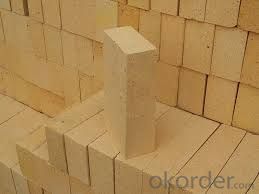
- Q: What is the standard size of high alumina brick?
- Standard brick: 230 x 115 x 65; four points: 230 x 115 x 40; three points: 230 x 115 x 30; 150 x 120: Brick gable. Light weight brick 1 to 1.7 kilograms; heavy clay superscript brick weighs 3.75 kilograms; light 30 plates 0.79 kilograms; light 40 plates, 1.05 kilograms.
- Q: How are the high alumina bricks fired?
- Light and high alumina bricks are usually fired in a weak oxidizing atmosphere. In light and high alumina bricks firing, they are often rich in impurities such as R2O, RO, Fe2O3 and so on. They react with Al2O3 and SiO2 at high temperature to produce liquid phase. In the Al2O3 - SiO2 - R2O system, the growth rate of liquid phase increases with the increase of temperature at high temperature. So, because the increase of sintering temperature brings a lot of liquid phase, the decrease of liquid viscosity will lead to the deformation of brick and the decline of brick high temperature function. Therefore, the lower sintering temperature and longer holding time should be adopted in the sintering process dominated by liquid phase sintering. The production practice shows that the same firing temperature can be used for the high grade aluminum bricks. When fired in an inverted flame kiln, it is usually 1430 degrees centigrade and insulated by 40H. The high alumina bricks such as Ill are 1390~1420 degrees centigrade. When the tunnel kiln is fired, they are 1550 and 1450~1500 degrees centigrade respectively. High alumina brick is usually made of weak oxidizing atmosphere.
- Q: What's the price of high alumina refractory bricks?
- The price of high alumina refractory bricks varies greatly according to the content of AL2O3.
- Q: Difference between low creep high alumina brick and ordinary high alumina brick
- Low creep and high alumina brick is based on the theory of "three stones". The combination of bauxite and clay as the main raw material, adding kyanite, andalusite and sillimanite, commonly known as the "three stone" control, physicochemical index and size composition, using alumina mullite corundum + + raw materials such as technical scheme. In the production process, first to detect and control indexes of raw materials, crushing, grinding, sieving process, according to the distribution ratio of ingredients, the size and moisture control of mud mixing after to meet the requirements of forming and molding machine, the use of qualified abrasives, blow molding control number, size and flash at the same time, the detection efficiency of semi-finished products and meet the requirements. Production process: high temperature calcination of high-grade alumina, adding small creep rate of high temperature materials, by high-pressure molding and high temperature firing. It has the characteristics of high strength, low creep rate and high use temperature. Widely used in high temperature furnace, hot air furnace hearth lining, brick and so on.
- Q: What are the characteristics of high alumina bricks?
- High thermal stability, fire resistance above 1770. Slag resistance is good, used for masonry steel smelting furnace, glass furnace, cement rotary furnace lining. High R.U.L, low creep high alumina brick with high grade bauxite, fused corundum, fused mullite as main raw material of high-grade refractory materials.
- Q: Which is better, the soft core or the hard core?
- The wire has two kinds of hard core and soft core, the hard core line is only one wire core, and the soft core line has a plurality of wire cores. For the same sectional area, the 7 core is more than the more than 30 core. There is a difference in use. Generally used for DC is the use of hard core line, because of its small line consumption; and for communication, we should use soft core line, but also in order to reduce its line consumption
- Q: Corundum, high alumina and fireclay refractory difference is what
- Corundum is unknown. The high alumina brick has higher aluminum content than the clay brick, and the temperature resistance is higher than 300 degrees. It is more durable and durable than the clay brick. The production process of high alumina brick is better than that of clay brick. For example, the weight of good clay brick is 3.7kg, and that of high alumina is 4.2kg. Good density. But the price of high aluminum is too high: ordinary clay brick (standard brick example) in 1.1--2.5 yuan / block, high aluminum to 4.5 yuan / block, or even more expensive. The extra high aluminum has reached 5000 tons. Say straight white point is: under the same conditions, clay brick for a period of one year, then the high aluminum for more than three years.
- Q: How does the physicochemical index change when the high alumina brick is used at high temperature?
- When the high alumina brick is used at high temperature, the physical and chemical indexes and other constants will not change if the temperature is in the physical and chemical indexes and the softening temperature of the load.
- Q: Which thermal shock stability of clay brick and high alumina brick is good?
- The product has the advantages of high temperature, little creep, strong corrosion resistance and good thermal shock resistance, and is suitable for large and medium-sized hot blast stoves.Thermal shock stability is much better than clay brick.
- Q: What is the difference between metal compounds and metal solid solutions?
- A series of intermetallic compounds occurring between transition metals in intermetallic compounds. The most important are L sigma sigma phase and ves phase, they are topologically close packed (TcP) phase, they consist of a small atomic radius of a dense layer, which is inlaid with a large atomic radius of atomic structure, this is a highly dense pile. In addition to atomic size factors, their formation is also influenced by the concentration of electrons.
Send your message to us
High Alumina Fused Cast Brick Zirconia Alumina Brick for Glass Furnace
- Loading Port:
- Tianjin
- Payment Terms:
- TT OR LC
- Min Order Qty:
- 1 m.t.
- Supply Capability:
- 2000 m.t./month
OKorder Service Pledge
OKorder Financial Service
Similar products
Hot products
Hot Searches
Related keywords
